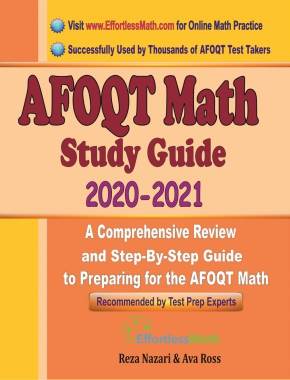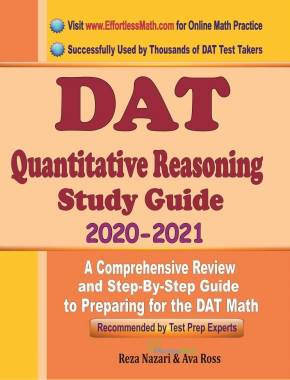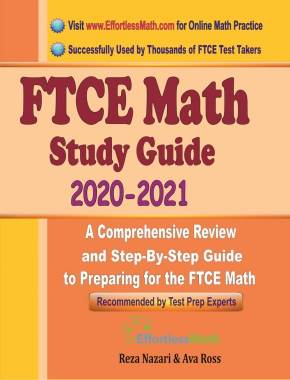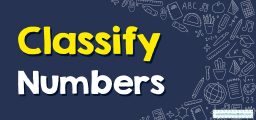How to Deciphering the Sequence: A Comprehensive Guide to Consecutive Numbers
Consecutive numbers follow each other in order, without any gaps. They are fundamental concepts in mathematics, especially in arithmetic and number theory. Understanding them involves recognizing their patterns and properties. Here’s a step-by-step guide to grasp the concept of consecutive numbers:
[include_netrun_products_block from-products="product/6-south-carolina-sc-ready-grade-3-math-practice-tests/" product-list-class="bundle-products float-left" product-item-class="float-left" product-item-image-container-class="p-0 float-left" product-item-image-container-size="col-2" product-item-image-container-custom-style="" product-item-container-size="" product-item-add-to-cart-class="btn-accent btn-purchase-ajax" product-item-button-custom-url="{url}/?ajax-add-to-cart={id}" product-item-button-custom-url-if-not-salable="{productUrl} product-item-container-class="" product-item-element-order="image,title,purchase,price" product-item-title-size="" product-item-title-wrapper-size="col-10" product-item-title-tag="h3" product-item-title-class="mt-0" product-item-title-wrapper-class="float-left pr-0" product-item-price-size="" product-item-purchase-size="" product-item-purchase-wrapper-size="" product-item-price-wrapper-class="pr-0 float-left" product-item-price-wrapper-size="col-10" product-item-read-more-text="" product-item-add-to-cart-text="" product-item-add-to-cart-custom-attribute="title='Purchase this book with single click'" product-item-thumbnail-size="290-380" show-details="false" show-excerpt="false" paginate="false" lazy-load="true"] [include_netrun_products_block from-products="product/6-south-carolina-sc-ready-grade-3-math-practice-tests/" product-list-class="bundle-products float-left" product-item-class="float-left" product-item-image-container-class="p-0 float-left" product-item-image-container-size="col-2" product-item-image-container-custom-style="" product-item-container-size="" product-item-add-to-cart-class="btn-accent btn-purchase-ajax" product-item-button-custom-url="{url}/?ajax-add-to-cart={id}" product-item-button-custom-url-if-not-salable="{productUrl} product-item-container-class="" product-item-element-order="image,title,purchase,price" product-item-title-size="" product-item-title-wrapper-size="col-10" product-item-title-tag="h3" product-item-title-class="mt-0" product-item-title-wrapper-class="float-left pr-0" product-item-price-size="" product-item-purchase-size="" product-item-purchase-wrapper-size="" product-item-price-wrapper-class="pr-0 float-left" product-item-price-wrapper-size="col-10" product-item-read-more-text="" product-item-add-to-cart-text="" product-item-add-to-cart-custom-attribute="title='Purchase this book with single click'" product-item-thumbnail-size="290-380" show-details="false" show-excerpt="false" paginate="false" lazy-load="true"]

Step-by-step Guide to Understand Consecutive Numbers
Step 1: Understand the Definition
- Consecutive Numbers: These are numbers that come one after another in a sequence. For example, \(1, 2, 3, 4\), etc., are consecutive numbers.
- Consecutive Even/Odd Numbers: Consecutive even numbers or odd numbers follow the same principle but within their respective categories. For example, \(2, 4, 6, 8\) are consecutive even numbers, and \(3, 5, 7, 9\) are consecutive odd numbers.
Step 2: Recognize the Pattern
- Regular Consecutive Numbers: The difference between each number and the next is always \(1\). For example, in the sequence \(7, 8, 9, 10\), each number is 1 more than the previous one.
- Consecutive Even/Odd Numbers: The difference between each number and the next in this category is always \(2\). For instance, in the sequence \(4, 6, 8, 10\), each number is \(2\) more than the previous one.
Step 3: Representing Consecutive Numbers Algebraically
- Regular Consecutive Numbers: If \(n\) is a number, the next consecutive number is \(n+1\), the one after that is \(n+2\), and so on.
- Consecutive Even/Odd Numbers: If \(n\) is an even or odd number, the next consecutive even or odd number is \(n+2\), the one after that is \(n+4\), and so on.
Step 4: Solving Problems Involving Consecutive Numbers
- Identify the Pattern: Determine whether the problem involves regular consecutive numbers or just even/odd ones.
- Use Algebraic Expressions: Represent the numbers algebraically, using \(n\), \(n+1\), \(n+2\), etc., for regular consecutive numbers, or \(n\), \(n+2\), \(n+4\), etc., for consecutive even/odd numbers.
- Form Equations: Based on the problem, form equations using these expressions.
- Solve the Equations: Solve these equations to find the values of the numbers.
Final Word
Understanding consecutive numbers is about recognizing their patterns and being able to express and manipulate these patterns algebraically. This concept is widely used in various mathematical problems and puzzles. With practice, identifying and working with consecutive numbers becomes intuitive and straightforward.
Examples:
Example 1:
What are the three consecutive numbers whose sum is \(42\)?
Solution:
Let the numbers be \(n\), \(n+1\), and \(n+2\). Their sum is \(n+(n+1)+(n+2)=42\). Simplify and solve: \(3n+3=42, 3n=39, n=13\). So, the numbers are \(13, 14\), and \(15\).
Example 2:
Find two consecutive even numbers whose sum is \(34\).
Solution:
Let the numbers be \(n\) and \(n+2\) (since even numbers differ by \(2\)). Their sum is \(n+(n+2)=34\). Simplify and solve: \(2n+2=34, 2n=32, n=16\). So, the numbers are \(16\) and \(18\).
Related to This Article
More math articles
- Patterns: Numbers
- Algebra Puzzle – Challenge 40
- Mastering the Basics: The Significance of “Algebra I for Beginners” in Your Back-to-School List
- 5th Grade PEAKS Math Worksheets: FREE & Printable
- Unlock Your Potential: “HiSET Math for Beginners” Comprehensive Guide
- How to Decode Decimal Division: Patterns Across Rising Place Values
- 10 Most Common 6th Grade MEAP Math Questions
- Meet the Key Reasons to Start Learning Math Now
- How to Solve Exponential Growth and Decay Functions?
- Hоw to Gеt a Great Sсоrе оn thе SAT Math Test

















What people say about "How to Deciphering the Sequence: A Comprehensive Guide to Consecutive Numbers - Effortless Math: We Help Students Learn to LOVE Mathematics"?
No one replied yet.